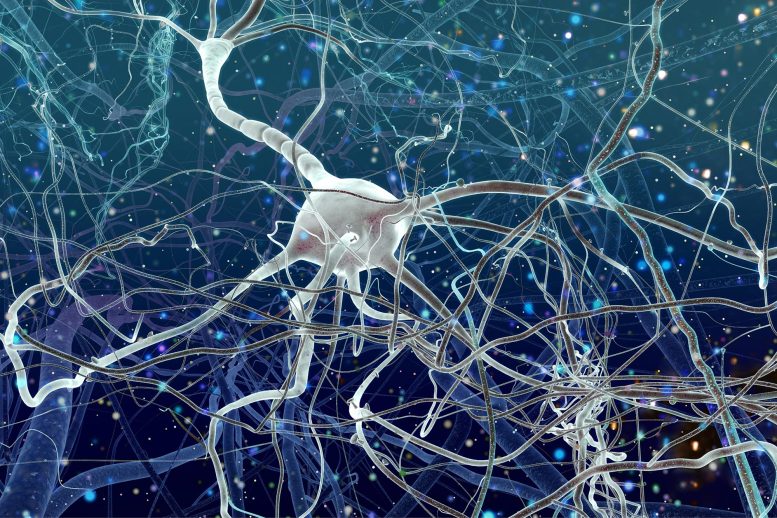
Researchers demonstrated that it is feasible to reprogram other cells to become nerve cells directly within the brain using genes inserted into two types of human cells: fibroblasts and glial cells.
Using genes inserted into two types of human cells, fibroblasts and glial cells, researchers showed that it is possible to reprogram other cells to become nerve cells directly in the brain.
The field of cell therapy, which aims to form new cells in the body in order to cure disease, has taken another important step in the development of new treatments. A new report from researchers at Lund University in Sweden shows that it is possible to reprogram other cells to become nerve cells, directly in the brain.
Two years ago, researchers in Lund were the first in the world to reprogram human skin cells, known as fibroblasts, to dopamine-producing nerve cells – without taking a detour via the stem cell stage. The research group has now gone a step further and shown that it is possible to reprogram both skin cells and support cells directly to nerve cells, in place in the brain.
“The findings are the first important evidence that it is possible to reprogram other cells to become nerve cells inside the brain,” said Malin Parmar, research group leader and Reader in Neurobiology.
The researchers used genes designed to be activated or deactivated using a drug. The genes were inserted into two types of human cells: fibroblasts and glial cells – support cells that are naturally present in the brain. Once the researchers had transplanted the cells into the brains of rats, the genes were activated using a drug in the animals’ drinking water. The cells then began their transformation into nerve cells.
In a separate experiment on mice, where similar genes were injected into the mice’s brains, the research group also succeeded in reprogramming the mice’s own glial cells to become nerve cells.
“The research findings have the potential to open the way for alternatives to cell transplants in the future, which would remove previous obstacles to research, such as the difficulty of getting the brain to accept foreign cells, and the risk of tumor development,” said Malin Parmar.
All in all, the new technique of direct reprogramming in the brain could open up new possibilities to more effectively replace dying brain cells in conditions such as Parkinson’s disease.
“We are now developing the technique so that it can be used to create new nerve cells that replace the function of damaged cells. Being able to carry out the reprogramming in vivo makes it possible to imagine a future in which we form new cells directly in the human brain, without taking a detour via cell cultures and transplants,” concluded Malin Parmar.
Reference: “Generation of induced neurons via direct conversion in vivo” by Olof Torper, Ulrich Pfisterer, Daniel A. Wolf, Maria Pereira, Shong Lau, Johan Jakobsson, Anders Björklund, Shane Grealish and Malin Parmar, 25 March 2013, Proceedings of the National Academies of Sciences.
DOI: 10.1073/pnas.1303829110









Is there a possiblility that the new cells could be used to creat a new synaptic connectin to facciliate motor control ie establish a new conection for paralyzed people ?